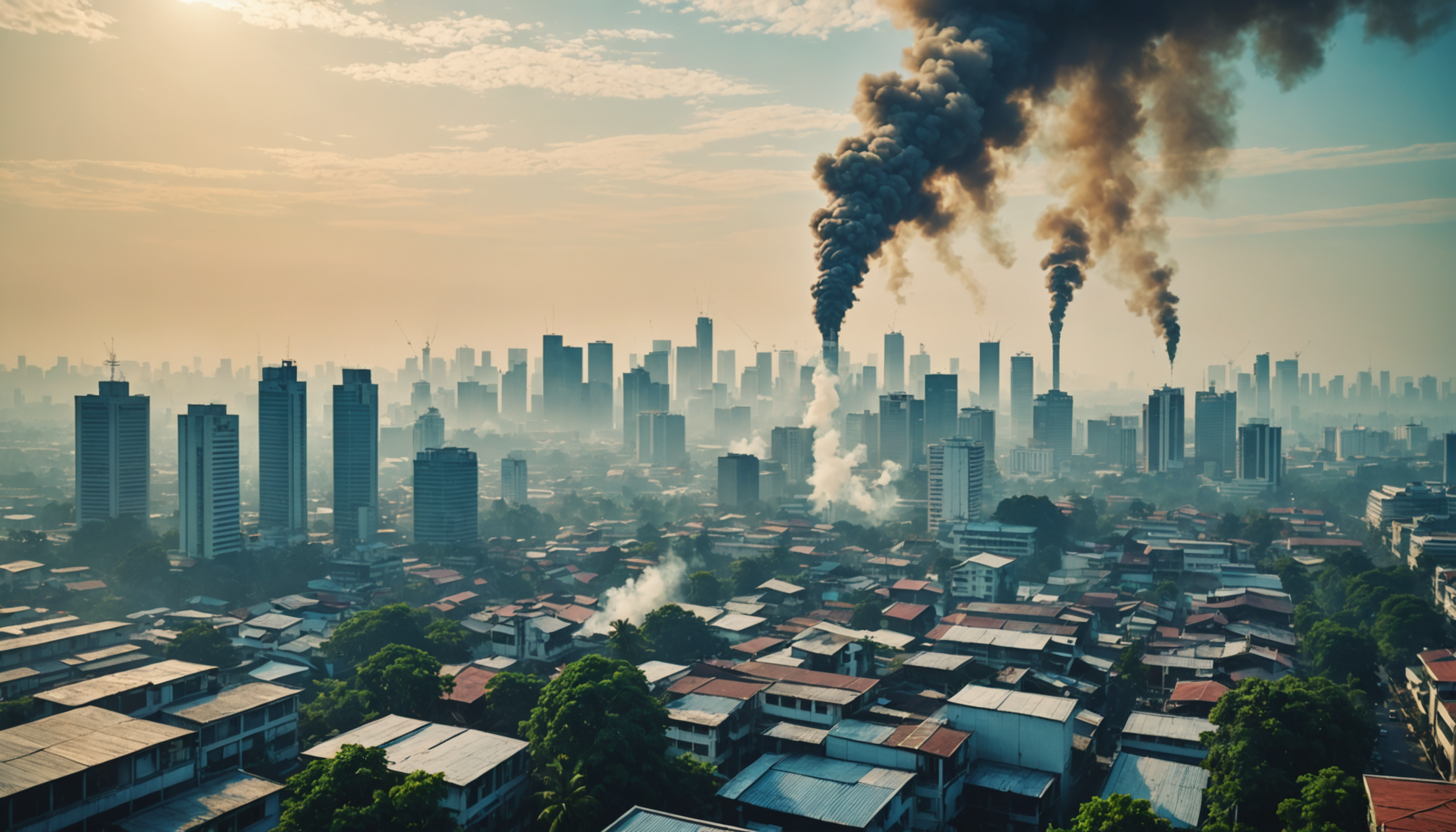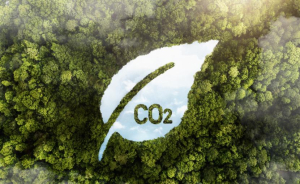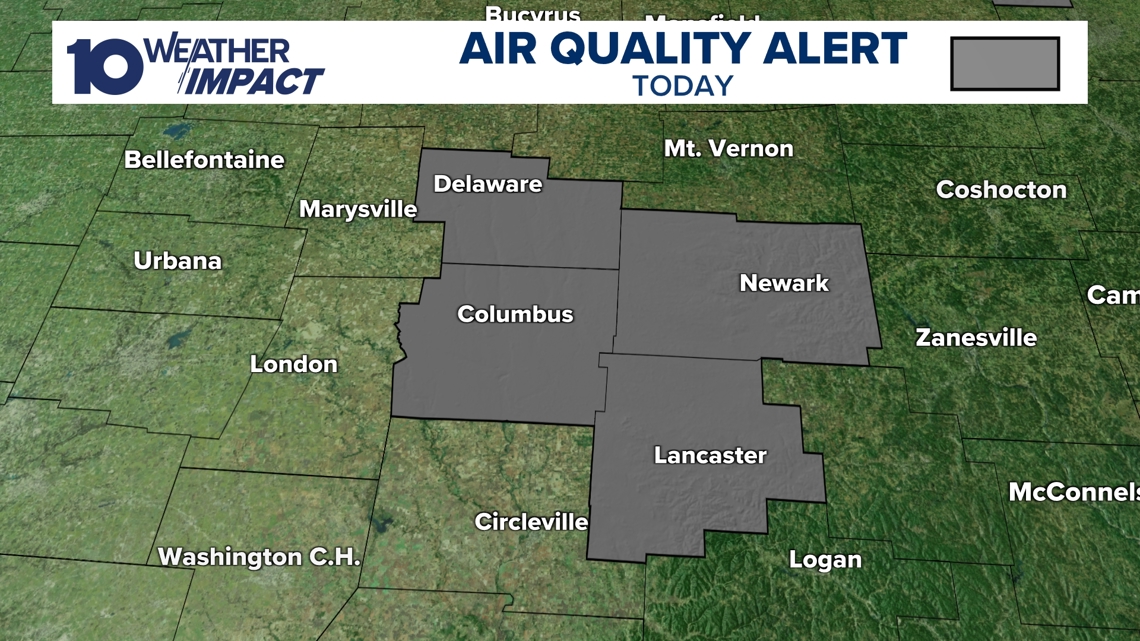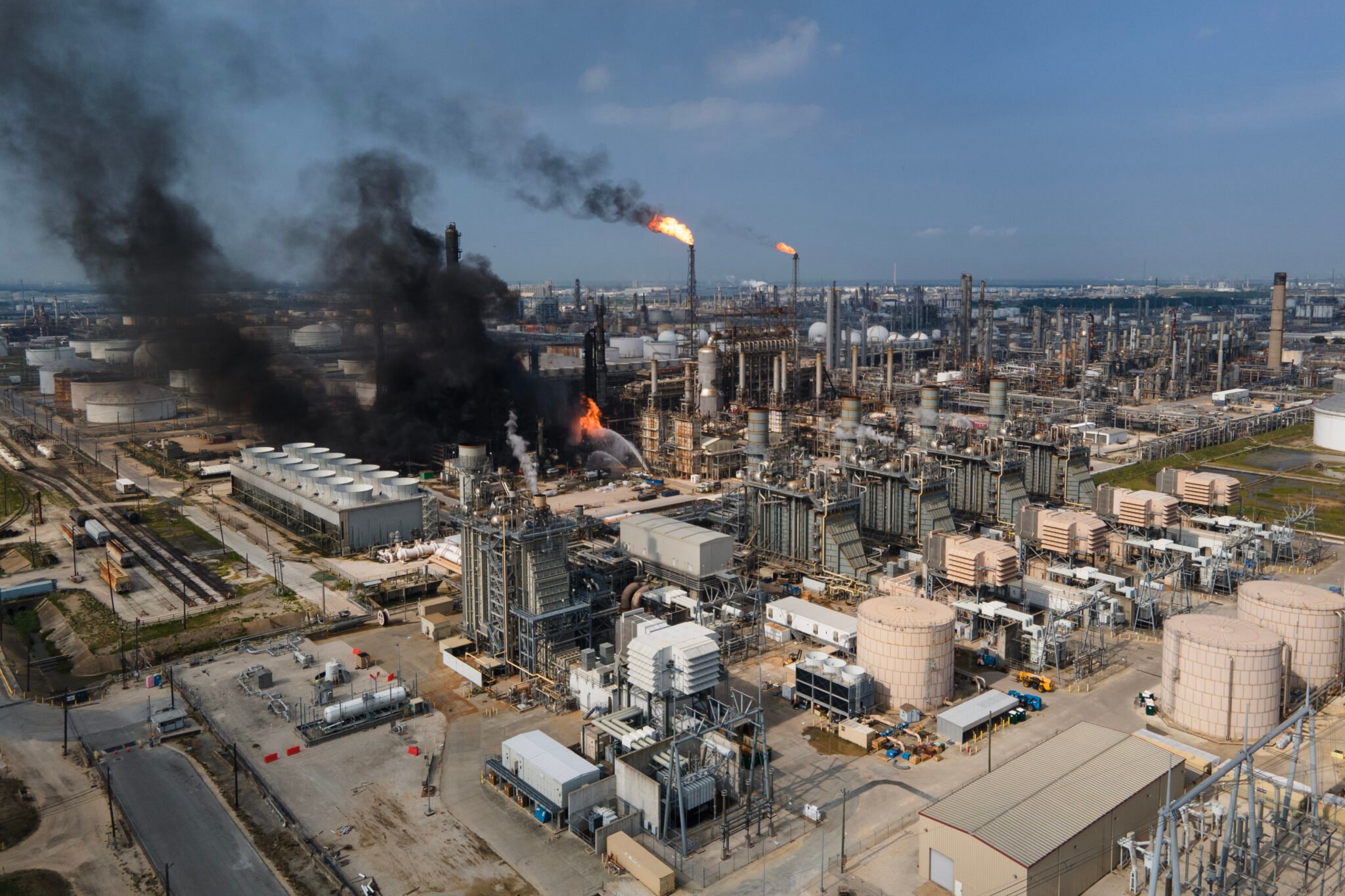
Mineral Security Partnership and Energy Geostrategy: A Sustainable Development Perspective

Introduction to the Mineral Security Partnership (MSP)
The Mineral Security Partnership (MSP) is an initiative launched by the U.S. Department of State in 2022, involving collaboration among 14 countries including Australia, Canada, Japan, Germany, Finland, and the European Union (EU). The MSP aims to accelerate public and private investment in a responsible global mineral supply chain, aligning with several Sustainable Development Goals (SDGs) such as SDG 7 (Affordable and Clean Energy), SDG 9 (Industry, Innovation and Infrastructure), and SDG 12 (Responsible Consumption and Production).
MSP Structure and Objectives
- Operates through project-focused working groups evaluating projects against Environmental, Social, and Governance (ESG) standards.
- Coordinates across government agencies handling foreign affairs, economic policies, energy, trade, development finance, and export finance.
- Supports mineral projects that comply with global environmental standards and promote local community livelihoods, supporting SDG 13 (Climate Action) and SDG 15 (Life on Land).
Main Focus Areas of MSP
- Promotion of clean technology practices in mining, extraction, processing, refining, and recycling.
- Focus on critical commodities including lithium, cobalt, nickel, manganese, graphite, rare earth elements, and copper.
- Support only for projects that enhance environmental protection and social equity, ensuring adherence to SDG 8 (Decent Work and Economic Growth) and SDG 10 (Reduced Inequalities).
Global Critical Minerals Landscape and SDG Alignment
Critical Minerals Market Overview
According to the International Energy Agency (IEA) Critical Minerals Market Review 2023:
- China, Indonesia, and Chile are the largest processors of critical minerals.
- China dominates production and processing of lithium (65%), cobalt (74%), rare earth elements (90%), and graphite (100%).
- Indonesia leads in nickel production (43%), followed by China (17%) and Russia (5%).
Importance of Critical Minerals for Sustainable Development
- Essential components for clean energy technologies such as electric vehicle batteries and energy storage systems (SDG 7).
- Vital for defense systems and advanced manufacturing technologies, contributing to SDG 9.
- Rare earth elements support renewable energy infrastructure like wind turbines and advanced communication systems.
Geopolitical and Geostrategic Dimensions
MSP as a Geostrategic Tool
The MSP represents a strategic effort by developed countries to influence mineral-producing nations by leveraging environmental protection, democratic governance, and technological leadership as geopolitical instruments. This approach supports SDG 16 (Peace, Justice and Strong Institutions) by promoting transparency and accountability.
Engagement with Indonesia
- In July 2024, U.S. Deputy Secretary of State Jose Fernandez discussed critical minerals with Indonesian officials, emphasizing investments that respect labor laws, environmental regulations, and community benefits.
- Indonesia is recognized as a potential semiconductor hub, aligning with SDG 8 and SDG 9.
- Discussions included developing a Mineral Forum to enhance supply chain collaboration.
Indonesia’s Position and Sustainable Development Commitments
Regulatory and Environmental Framework
- Environmental Protection and Management Law (Law No. 32/2009) mandates environmental impact assessments and community involvement, supporting SDG 15 and SDG 16.
- Law No. 3/2020 on Mineral and Coal Mining incorporates good mining practices and ESG principles.
- Indonesia’s membership in the Extractive Industries Transparency Initiative (EITI) promotes responsible mining and governance (SDG 16).
Value Addition and Downstream Processing
Indonesia emphasizes value addition through downstream processing to accelerate sustainable economic growth and equitable benefits for local communities, in line with SDG 8 and SDG 10.
International Collaboration and Political Stance
- Indonesia maintains an independent and active political stance, engaging with countries including China, Russia, Turkey, the United States, and the EU.
- Partnerships under MSP are based on equality, balance, and mutual respect, reflecting principles of SDG 17 (Partnerships for the Goals).
Conclusion
The Mineral Security Partnership represents a critical initiative to promote sustainable and responsible mineral supply chains essential for the global clean energy transition. By aligning with the Sustainable Development Goals, MSP fosters environmental stewardship, social equity, and economic growth. Indonesia’s strategic position and regulatory framework provide a strong foundation for collaboration, ensuring that mineral development contributes to sustainable development and global energy security.
Author: Sampe L. Purba, Senior Advisor to the Minister of Energy and Mineral Resources (2019-2023), Doctoral degree in Energy Geostrategy, Indonesian Defense University alumnus.
1. Sustainable Development Goals (SDGs) Addressed or Connected
- SDG 7: Affordable and Clean Energy
- The article discusses the importance of critical minerals for clean energy technologies such as electric vehicle batteries, energy storage systems, and wind turbines.
- SDG 9: Industry, Innovation, and Infrastructure
- Focus on responsible mineral supply chains, processing, recycling, and technological advancements in mineral projects.
- SDG 12: Responsible Consumption and Production
- Emphasis on environmental standards, ESG compliance, and sustainable mining practices.
- SDG 13: Climate Action
- Promotion of clean technology practices in mineral extraction and processing to support the global clean energy transition.
- SDG 16: Peace, Justice, and Strong Institutions
- Good governance, transparency, anti-corruption measures, and community involvement in mining projects.
- SDG 17: Partnerships for the Goals
- The Mineral Security Partnership (MSP) exemplifies international collaboration among countries to promote responsible mineral supply chains.
2. Specific Targets Under Those SDGs Identified
- SDG 7 (Affordable and Clean Energy)
- Target 7.2: Increase substantially the share of renewable energy in the global energy mix.
- Target 7.a: Enhance international cooperation to facilitate access to clean energy research and technology.
- SDG 9 (Industry, Innovation, and Infrastructure)
- Target 9.4: Upgrade infrastructure and retrofit industries to make them sustainable, with increased resource-use efficiency and greater adoption of clean technologies.
- Target 9.b: Support domestic technology development and research in sustainable industrialization.
- SDG 12 (Responsible Consumption and Production)
- Target 12.2: Achieve sustainable management and efficient use of natural resources.
- Target 12.6: Encourage companies to adopt sustainable practices and sustainability reporting.
- SDG 13 (Climate Action)
- Target 13.1: Strengthen resilience and adaptive capacity to climate-related hazards and natural disasters.
- SDG 16 (Peace, Justice, and Strong Institutions)
- Target 16.6: Develop effective, accountable, and transparent institutions at all levels.
- Target 16.7: Ensure responsive, inclusive, participatory, and representative decision-making.
- SDG 17 (Partnerships for the Goals)
- Target 17.16: Enhance the Global Partnership for Sustainable Development.
- Target 17.17: Encourage and promote effective public, public-private, and civil society partnerships.
3. Indicators Mentioned or Implied to Measure Progress
- Environmental Standards Compliance
- Assessment of mineral projects’ compatibility with ESG (Environmental, Social, and Governance) standards.
- Implementation of environmental impact assessments (AMDAL) and adherence to Environmental Protection and Management Law (Law No. 32/2009).
- Community Involvement and Social Governance
- Involvement of local communities and social organizations in mining projects.
- Compliance with labor laws and advancement of local livelihoods.
- Governance and Transparency
- Membership and compliance with Extractive Industries Transparency Initiative (EITI).
- Anti-corruption measures and transparency in mining operations.
- Investment and Technology Transfer
- Financial and diplomatic support for mineral projects that meet global standards.
- Development of supply chain platforms and semiconductor hubs as indicators of industrial advancement.
- Production and Processing Shares
- Data on global production and processing shares of critical minerals (e.g., lithium, nickel, cobalt) by country.
4. Table of SDGs, Targets, and Indicators
| SDGs | Targets | Indicators |
|---|---|---|
| SDG 7: Affordable and Clean Energy |
|
|
| SDG 9: Industry, Innovation, and Infrastructure |
|
|
| SDG 12: Responsible Consumption and Production |
|
|
| SDG 13: Climate Action |
|
|
| SDG 16: Peace, Justice, and Strong Institutions |
|
|
| SDG 17: Partnerships for the Goals |
|
|
Source: indonesiabusinesspost.com







